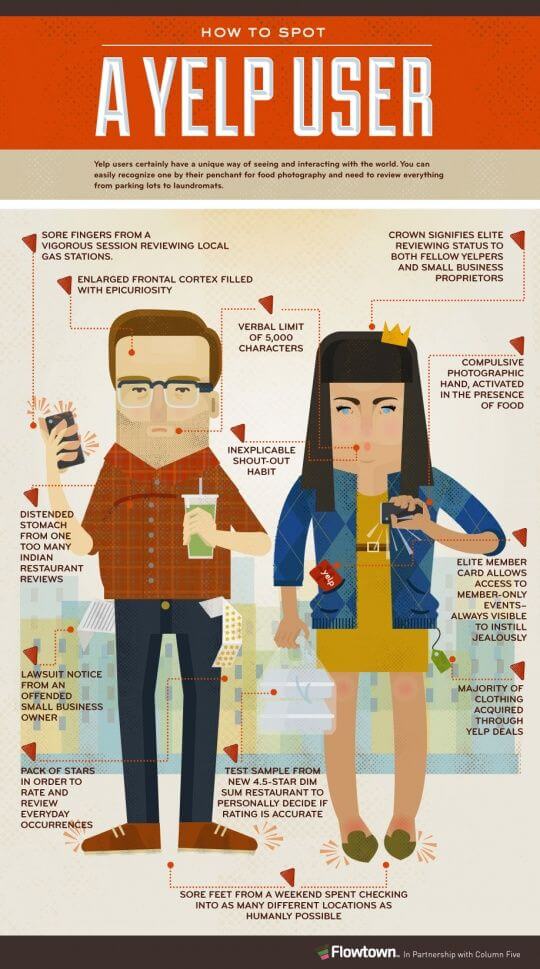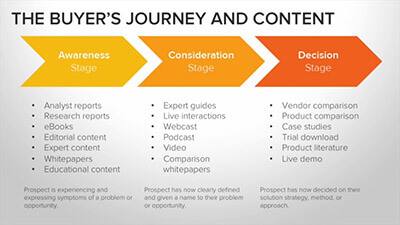What does a digital marketing agency have to do with B2B tech development? More than you’d think, as it turns out.
In the new paradigm of B2B tech development, whether it’s an app, a website, a user interface, a wearable device, or a connected physical product, every facet of its design requires a deep understanding of user behaviour and the human psyche.
And in this, the digital marketing agency is an important ally. It takes the concept, the unformed brand, the inanimate object, pumps its heart and brings it to life. It finds the identity and gives voice to a product, shapes its communication, influences its aesthetics, builds the communities, and finds impactful ways to get the message out. (No wonder we’re exhausted.)
Here’s how.
1. A digital marketing agency can help with prototyping.
In most cases, B2B tech development starts first with building the product, then thinking about brand and the kind of users that will buy it. But if done the other way around, where brand and user experience are core to the design, imagine the difference this could make to the end-product; function and identity intertwined.
Insight into the consumer behaviours that drive market trends is a huge advantage. And not just the hard statistics that tell the straight story, but also the verbal, visual and interactive trends that sweep through a demographic.
This is deeply understood by digital marketers, who work not only to predict but influence where digital trends are heading. Their insight into the online consumer, what they’re buying, the applications they’re using, what they like, what they dislike, who they’re talking to, where they’re hanging out, can help shape the design, function and aesthetics of software applications and who they’re being developed for.
Or even if there’s a market for it at all – and wouldn’t you like to find that out first? This is where digital marketing experts can help.
2. They show you how to insert brand into everything.
Software and app development is an expensive business, and without a clear idea of brand identity or message, it makes crafting the kind of experience to deliver much harder.
Focussing on brand first can save you a lot of time and money when it comes to product development. A brand isn’t simply a neat logo and tagline you can whack on a letterhead, it’s the very essence of your product and what it represents, and it should be found in every atom of what you develop.
Finding a brand identity gives direction and focus to the who, what and why of tech development. It evokes a visual idea, asserts a personality, and is the perfect way to distil everything about your product into a vocabulary of words, imagery and and experiences.
A great example of how brand can be built into every part of the design is, and no need to travel far, Google. So effective it has been in delivering a branded experience that it has also become a verb in its own right.

And even more, to ‘google something’ not only evokes the idea of using the Google search tool but also of enquiring into, investigating and looking something up. And there will be more uses for it in the future. Uber also has the same potential. So effective it has been, not only in the spread of its service but in the effectiveness of its branding that you could easily imagine what it means to ‘just uber it’.
So with every detail of what you develop, if you know your brand first then this can help shape everything else – the layout and design of your wireframes, the logic of your task orientation, the style of your content, and the imagined interactions your users will have with your product.
3. They help you identify the real, rather than the imagined user.
Build it and they will come. Or will they?
Any idea that develops into a product, starts with the premise that there will be a user, that there is a market, people will buy it, use it, talk about it, feel transformed by it and, fingers crossed, ‘love it’. But what if they don’t? And what it if all goes horribly wrong? This is where a digital marketing agency can help you know where opportunity lies, or not, long before the launch.
Digital marketers hone in on user personas to identify the different user types that may use a site, app, or product you’re developing; finding out who they are, what drives them, their pleasure and pain points, the words they respond to, and how best to communicate a solution to them and more.
“Personas are useful in considering the goals, desires, and limitations of users … to guide decisions about a service, product or interaction space – such as features, interactions, and visual design of a website.”
Together with market segmentation, user personas are developed to get you in the headspace of who you’re marketing to. A great example this is Yelp, a tech company that publishes crowd-sourced business reviews, and published a very detailed infographic of the user personas for their site.

As you can see it’s very specific – and hilarious. It has a very clear idea of its user personas and the kind of language, tastes and interactions they use. And knowing this makes the delivery of its service, at every stage, a far easier thing to execute.
4. Finally, a digital marketing agency can shape the user experience.
From a digital marketer’s point of view, the user experience begins way, way before you start using the actual product. It begins with the buyer’s journey, where they are on a journey that leads them to a familiarity with your product and brand, and onwards to a relationship and potential sale. And this doesn’t just have to be in a monetary sense, it could in the extracting of information or value of a ‘like’. And here content as currency comes into play.
The three phases of the buyer’s journey include awareness, consideration and decision.

By following the buyers journey, your agency can find where opportunities lie and how they can offer them a solution. And with this then develop a whole armoury of free gated content for inbound marketing campaigns; delivered through multiple platforms, from blogging to adwords and social media, gathering valuable information of users online habits and builds positive relationships with your brand.
And what happens when they make it the whole way through the marketing funnel, past the ‘decision’ phase and into the new customer area. Will they enjoy the experience or want to eject straight away?
And here again, digital marketers can help. Having social insights into user persona also lends itself to understanding user experience. Asking human driven questions like: Who is our user? How do they think? What path will they take? How will they behave? How can we talk to them in a meaningful way?
Knowing beforehand the users that will use your software makes it easier to map out their journey from entry to exit of an app or site. It will also help find the right groups for user testing.
And keep the journey going…
And so beyond the sign up, the question becomes how will you keep them there feeling respected and engaged? And this again comes down to constant subtle digital marketing.
Connecting through social media, helpful blogs, friendly emails, interesting forums, spontaneous webchats, and gasp…calling them on skype to see how they are doing.
And all the while constantly tweaking performance to get better results, helping launch new campaigns and products, and building brand worth so that one day you can think about stepping out.




